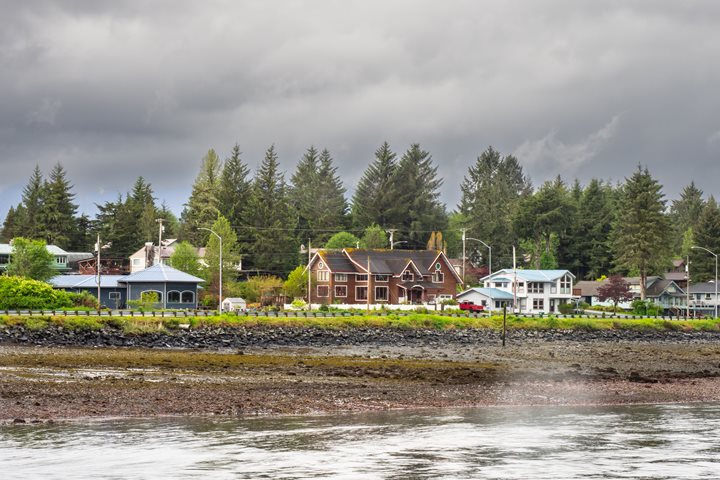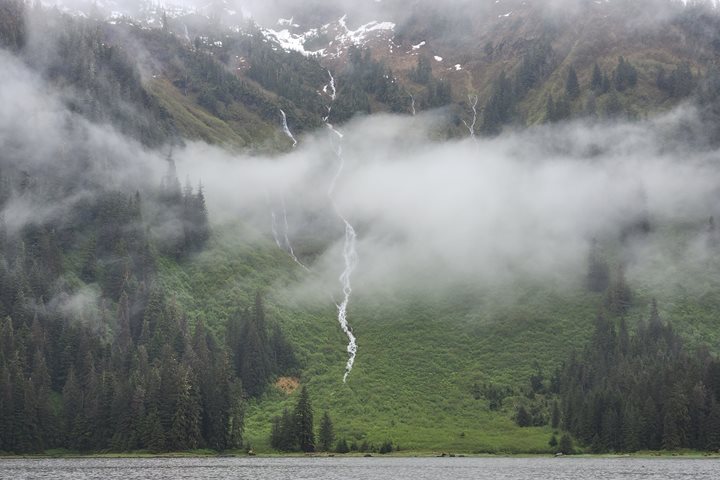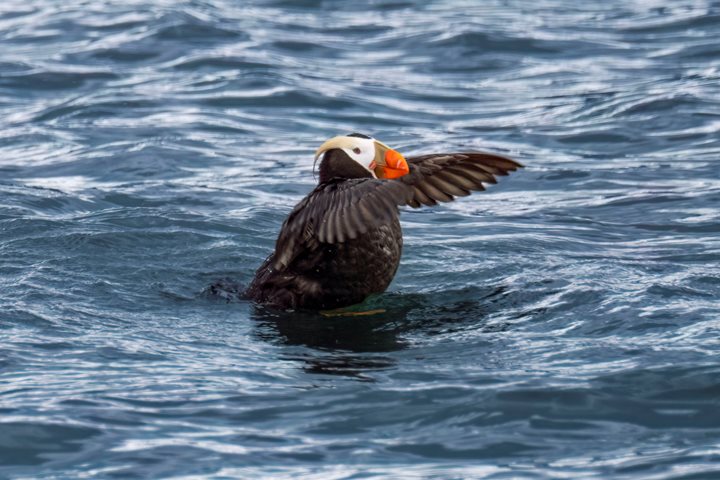“We need wilderness preserved – as much of it as is still left, and as many kinds – because it was the challenge against which our character as a people was formed. The reminder and the reassurance that it is still there is good for our spiritual health, even if we never once in ten years set foot in it.” Pulitzer Prize winning writer, National Book Award recipient and conservationist, Wallace Stegner
And how much healthier and happier would our lives be if we had the chance to set foot in it? This week, we jumped in, not just with our feet, but heads and hearts as well. We’ve hiked and kayaked, and bounced around in rubber boats and marveled at the wildness and today was no exception, adding power-walking, biking, and flying to the mix. For a few, the birds-eye view of glacial blue ice was a highlight. There was so much to do: strolling the docks, photo walks, visiting town, or venturing into a new landscape known as a muskeg. Depending on where you call home, you may know it as a wetland, blanket bog or simply peat. By any name, it’s a fascinating low-profile, wet, spongy, acidic environment with insect-eating plants—a rarity in the botanical world.
Today, in Petersburg—a town with Norwegian heritage, where almost everyone wears rubber boots, we learned that the local fishing fleet brings in over 100 million pounds of fish each season. It’s the reason that 3,000 citizens have roughly 1,500 boats. To celebrate Petersburg’s rich connection to the sea, we opted for local, fresh, fabulous (and sometimes messy) Dungeness crab for dinner.
Looking back over the week, whether it’s rich ecosystems, expansive views, or charismatic animals, we often found ourselves immersed in the wonder of it all. It’s no surprise that author Wallace Stegner calls wilderness the “Geography of Hope.”







